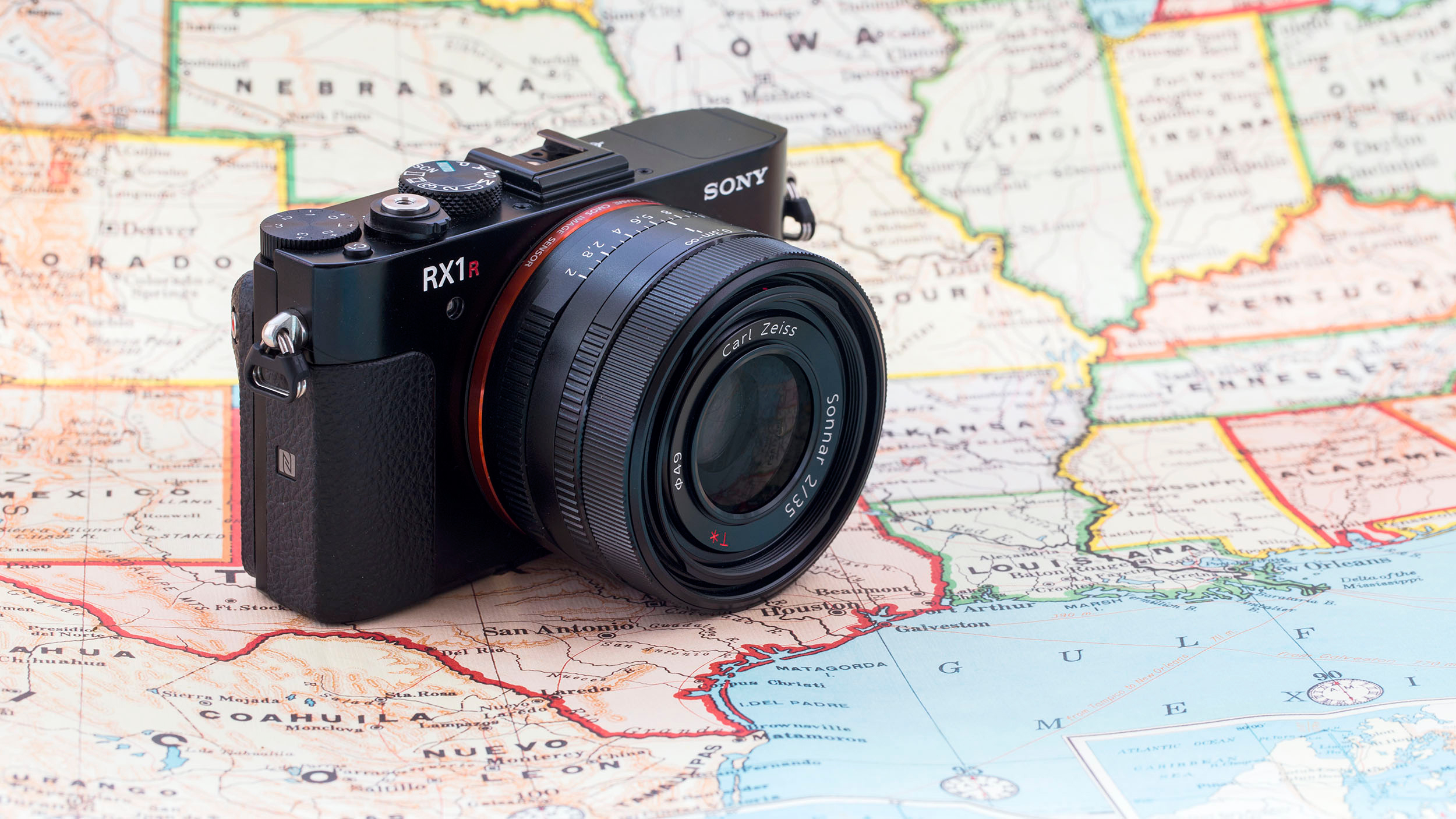Why you can trust TechRadar
Opening up the files from the RX1R II on your computer results in a mixture of joy and pain. If you have a top specced computer that can handle the huge file sizes (uncompressed raws are roughly 80MB each), then you're in luck. If not, be prepared to wait as your processor catches up.
Once you get there though, it's hard not to be impressed by the stunning level of detail which the sensor is capable of capturing. Real world shots taken throughout the sensitivity range display an incredible amount of detail and look fantastic at printing size. They also hold up well to scrutiny at 100%.
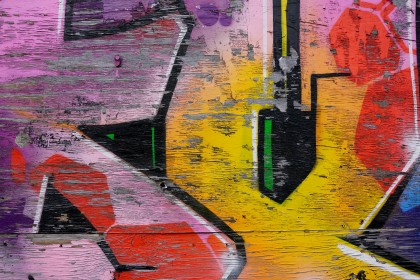
- The amount of detail resolved by the RX1R II's 42 million pixel sensor is fantastic, backed up by shots from both the real world and our lab testing. Edge to edge sharpness is also maintained well. Click here for a full size version.

- There are a number of Picture Effects you can use, but only if shooting in JPEG – this one is an example of Toy Effect. Click here for a full size version.

- Although 35mm isn't an especially short focal length, you can still use it for some landscape shots. Click here for a full size version.
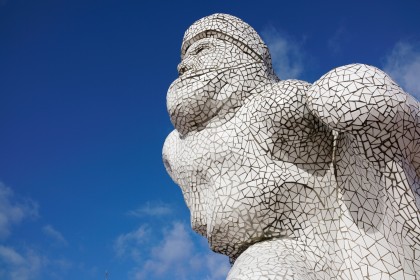
- The RXR II has done a good job of producing a well-balanced exposure here when using multi-metering. Click here for a full size version.
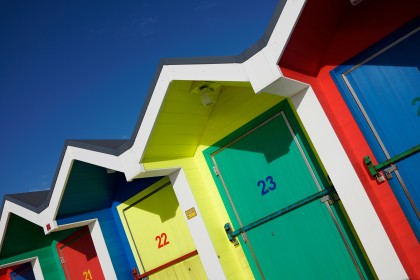
- Colours are warm and vibrant, making images pop. Click here for a full size version.
Our labs test for resolution back up these impressions, with the results far outstripping the original RX1R, and also the Leica Q, which impressed us greatly last year. Detail is maintained well throughout the sensitivity range, right as high as ISO 6400 and only starting to dip from ISO 12800 onwards – it's worth noting at this point that the RX1R II at ISO 12800 is capable of out-resolving the Leica Q at ISO 100. The raw results are marginally less impressive, but it still outperforms the Leica Q at every sensitivity.
The big selling point of the RX1R II is the variable OLPF. At normal printing or viewing sizes, you'd be very hard pushed to spot the difference in detail between images. If you examine at 100%, it's possible to see some finer detail in images where the OLPF has been set to off, which is useful if you're photographing something which has a lot of fine detail, or you need to crop an image. I tended to leave the setting to off by default and have found no incidence of moire patterning occurring.
At ISO 3200, image noise in JPEG images is practically non existent, with the camera's processing doing a good job of reducing it, without too much loss of detail. If we open a corresponding raw file and switch off all forms of noise reduction, you can see that noise is present, but it is fine grained and only noticeable when examining an image at 100% on screen.
Step up to ISO 12800 and noise is a little more apparent in raw files with all noise reduction turned off, but you can still create good prints at A4 size even if you didn't utilise any noise reduction. At 100% there's more chroma noise (coloured speckling) than in ISO 3200 shots, but again, you're unlikely to have much cause for complaint at normal printing or viewing sizes.
The top native sensitivity is ISO 25600, and even images shot at this level can be used to make decent prints at smaller sizes of 10 x 8 inches or smaller. Alternatively, such images are ripe for atmospheric black and white conversions.

- Detail is kept well throughout the camera's sensitivity range. Our labs tests show it can out resolve the Leica Q at every sensitivity, which is good news for those who like to shoot in low light. This image was shot at ISO 6400. Click here for a full size version.
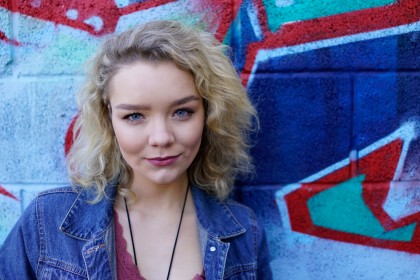
- Although 35mm is not often considered a traditional focal length for portraiture, you can get some nice 'environmental' type shots. Click here for a full size version.
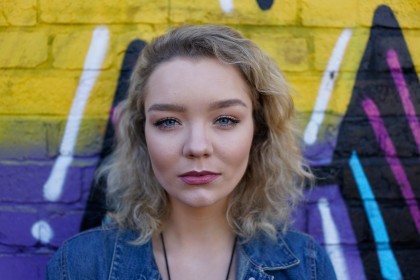
- Skin tones are reproduced beautifully well, while the amount of detail present is fantastic if you examine at 100%. Click here for a full size version.

- Couple a wide aperture (the maximum available is f/2.0, this has been shot at f/2.8) with a full-frame sensor and you have a recipe for beautiful shallow depth of field effects. Click here for a full size version.
Using Multi (all-purpose) metering mode generally results in well-exposed and balanced images. In fact, I rarely had to touch the exposure compensation dial at all during testing, with the exception of scenes which had an area of particularly high contrast or backlighting. This is not out of the ordinary for the majority of cameras, and it certainly copes well in average conditions.
The automatic white balance system presents accurate colours in daylight scenarios, so using it is a good option, as is both the Daylight and Cloudy options (depending on what conditions you're shooting in). Under artificial lighting, colours are ever so slightly on the warm side, so if you prefer a more accurate look, switching to Incandescent produces a more neutral effect.
Speaking of colours, they are beautifully and warmly saturated throughout the sensitivity range from ISO 100 to around ISO 12800. Vibrant colours pop and when combined with the superb amount of detail give a gorgeous richness to shots, without going overboard and reducing accuracy.
Despite the increase in resolution, the Zeiss 35mm f/2.0 T* lens continues to perform well on the RX1R II. I couldn't find any distortion, while vignetting is very well controlled even when shooting wide open (f/2.0).
Sony's claims that AF speed has been considerably improved for the RX1R II also seem to be justified – it could hardly be too much worse than the original, especially when talking about low light autofocus. Now it can be relied upon in a variety of different shooting conditions, quickly snapping into focus in good light, taking just a little longer as the light dips. It's very rare for a false positive confirmation of focus to be displayed, which is also good news. Switching to macro focus mode can get you closer to the subject, which is useful in some cases – you'll probably need a bit of practice before you instinctively know how close too close is, though.
Sadly we do have to talk about some of the not-so-positive aspects of the RX1R II's performance. Battery life, which has long been a bugbear for owners of RX cameras, continues to be poor. Naturally, a small camera only has room for a small battery, so when the camera is as resource hungry as this, unfortunately that translates into a poor battery life.
The quoted life is 200 shots, but, during testing, I found that the battery would start to drain after roughly half a day of moderate usage, or closer to 100 shots. At this point I started to worry about it dying when I really wanted to take a shot, so I stopped using it as much as I would have liked to – it would be nice if that worry wasn't present at all. If you're going to want to take shots throughout an entire day, you'll probably want to invest in a second battery.
Those huge files also seem to have an impact on processing speed. Despite being fitted with Sony's Bionz X processor, start-up time is longer than we'd like, shot-to-shot times can be a little frustrating, and if you want to look at an image, or make a settings change in the one, two (or sometimes three) seconds after you've taken a shot, you can forget it. Zooming into an image to check critical focus is also frustratingly slow at times, too.

- This image has been shot at 1/60, which, with no optical image stabilisation available is pushing it in terms of keeping it sharp. I braced myself and used the electronic viewfinder to keep the camera as steady as possible - if you don't want to worry about that for every shot, you'll need to stick to speeds of 1/100, 1/125 or quicker. Click here for a full size version.
That's where another problem with the camera makes itself apparent. A 42 megapixel sensor is never going to be particularly forgiving when it comes to camera shake, so it's a shame not to see any form of optical image stabilisation built-in. If you want to shoot slower than around 1/125 or 1/100, it's highly likely you'll need to use a tripod if you want your shots to be sharp at 100% magnification. It is possible to go a little slower than that if you only intend to view your shots at print sizes of A4 or below (which is likely to be most of them), or if you can steady yourself and/or the camera particularly well.
If you're at all concerned with sharpness then you're going to want to shoot fast by default. In this respect, the Sony RX1R II doesn't compare too favourably with the Leica Q, which has image stabilisation and we found happily lets you get away with shutter speeds of 1/10 second, or even slower in some cases.
Amy has been writing about cameras, photography and associated tech since 2009. Amy was once part of the photography testing team for Future Publishing working across TechRadar, Digital Camera, PhotoPlus, N Photo and Photography Week. For her photography, she has won awards and has been exhibited. She often partakes in unusual projects - including one intense year where she used a different camera every single day. Amy is currently the Features Editor at Amateur Photographer magazine, and in her increasingly little spare time works across a number of high-profile publications including Wired, Stuff, Digital Camera World, Expert Reviews, and just a little off-tangent, PetsRadar.
